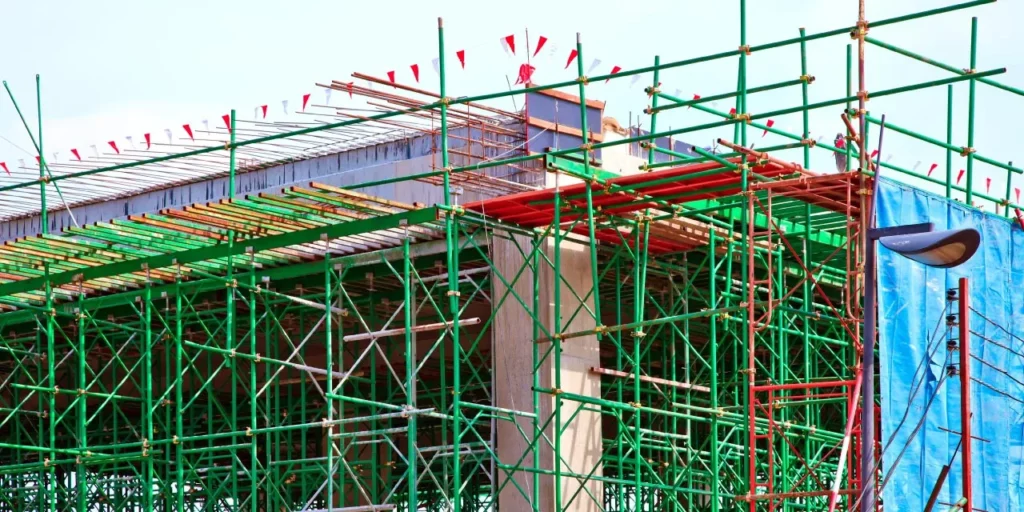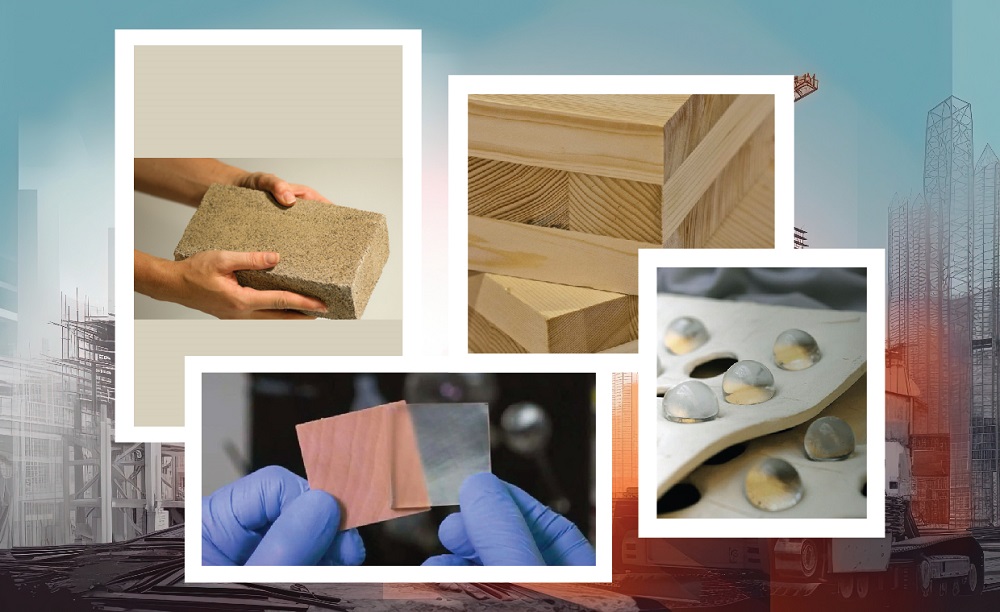
You can start a building project for your dream home, a business place, or a multi-unit development. It’s an exciting journey. But you need to make a big decision before you lay the first brick: which building materials to use. This decision could make or break your project.
This blog will tell you everything you need to know about building products so you can make choices that are smart, efficient, and will last.
What you need to know about building materials
The materials used to build something are what make it strong, safe, long-lasting, and nice to look at. Construction isn’t just about design and engineering.
The right choice affects:
- The structure’s durability and strength;
- The project’s cost and schedule;
- The structure’s energy efficiency and comfort;
- The structure’s impact on the environment;
- Maintenance and long-term performance.
Choose the right materials for your building if you want it to last. This is true whether you’re an architect, a builder, or a homeowner.
Types of Building Materials You Usually Use
Let’s talk about the main types of building materials first, then we’ll talk about how to choose them:
1. Stone and cement
Build with it to make beams, columns, slabs, and supports. The mix amount, grade, and time it takes to cure all play a big role in how strong concrete is.
2. Bricks and blocks
You can choose from AAC blocks, concrete blocks, red clay bricks, and fly ash bricks. Each one is insulated, heavy, and lasts a different amount of time.
3. Steel and Extra Strength
If you want to use TMT bars, mild steel, or structural steel for building support, they must all meet or beat IS safety and ductility standards.
4. Wood and wood
This is what floors, doors, and furniture are made of. What kind of wood it is (teak, pine, or sal), how it was aged, and how it was handled for termites all have an effect on its quality.
5. Glass
For walls, windows, and fronts. Choose based on how clear it is, how well it keeps heat in (double-glazed or coated), and how safe it is (toughened glass).
6. Tiles and floors
Tile, stone, wood, or vitrified flooring can all be helpful, depending on the purpose, style, and budget.
7. Paints and finishes
The outside and inside of a house should have different types of paint that can stand up to the weather. Paints with less volatile organic compounds (VOCs) are better for you and the earth.
8. Things used for roofs and waterproofing
Pick based on the weather, the type of building, and the slope to avoid leaks and keep the temperature comfortable.
Some important things to think about when picking out building supplies
These are some important things to look for in building supplies before you buy them:
1. Quality and following the rules
Make sure that the things you use have an ISI mark or are certified. Low-quality goods may be less expensive at first, but they could lead to structure issues or safety issues in the long run.
2. Fitting in with the weather
It should be fine for the weather where you live. In hot places, AAC blocks are great for keeping heat in, while in damp places, some types of wood get bigger.
3. Being able to last
Things like fly ash bricks, recycled aggregates, and low-VOC paints that are used in building can be good for the environment and get green certifications.
4. Cost vs. Time Spent
Using cheap materials might save you money at first, but it might cost you more in the long run to fix things and keep them in good shape. Look at the life-cycle cost before you decide what to do.
5. Time and availability to finish
If you can, get your goods from nearby stores to save money and make sure they are always available, especially if you need custom finishes or fittings that were brought in from another country.
6. How well-known the seller is
It’s best to buy from well-known sellers who offer clear warranty terms, good paperwork, and support after the sale.
Having trouble getting building materials
Even workers with a lot of experience have to deal with these issues: Prices that aren’t clear; fake or copied brands; delivery times that aren’t always the same; quality that changes from batch to batch; it’s hard to work with more than one seller to coordinate
This is where ArQonZ comes in. It helps you take an idea and turn it into reality.
How ArQonZ makes it easier to buy building supplies
ArQonZ is India’s first building ecosystem that uses AI. For builders and property owners, it makes it easier to find, compare, and check building materials.
How do we help?
Instant Quote Generator: Just upload your BOQ or need list, and you’ll get quotes right away from approved providers that are all the same.
With an e-negotiation platform, you can talk to different sellers without letting them know who you are. Get the best deal every time.
Certified Supplier Network: We check all of our suppliers carefully for quality, safety, and how well they deliver.
Keep digital copies of approvals, test reports, and invoices so that engineers, clients, and sellers can all easily communicate with each other.
All projects can be seen on one dashboard. The flow of goods and purchases can be managed from a single, simple screen, no matter how many homes you’re in charge of.
How to Pick the Right Building Materials to Make Your Project Last
Because building technology is changing so quickly, there are now new building materials on the market, such as self-healing concrete, insulated panels, precast concrete, and fiber-reinforced plastics. Things go faster, are better for the earth, and are better all around with these new ideas.
You should not only choose the right material for the job, but it is also an investment in the long-term value of your project.
Last Thoughts
What makes something strong are the choices you make while building it, and the tools you use are the first step.
It doesn’t matter if you’re building a house, a business center, or a government project. Everything that comes to your site should be:
Verified, okay, able to be tracked, and fit for the job
ArQonZ is here to make sure you never have to choose between being free and high-quality.
Want to use technology to buy building supplies in a smart way?
Find out how we can power your next building project from start to finish at ww.arqonz.com.









